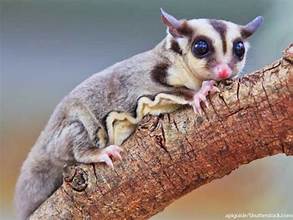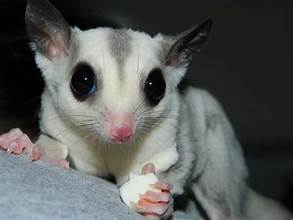Leopard geckos are among the most popular reptiles, known for their friendly demeanor, easy care requirements, and unique appearance.
Understanding Leopard Geckos: A Brief Overview
Leopard geckos (Eublepharis macularius) are small, nocturnal lizards native to arid regions of Afghanistan, Pakistan, India, and Iran. Their vibrant spotted patterns, resembling a leopard’s coat, give them their name. These reptiles are relatively low-maintenance, making them an excellent choice for novice and experienced reptile owners.
The Ideal Diet for Leopard Geckos: What to Feed and What to Avoid
A proper diet is crucial for your leopard gecko’s overall health and longevity. These insectivores thrive on a diet primarily composed of live insects.
1. Staple Foods
Crickets:
They are a food source for leopard geckos. Ensure the crickets are gut-loaded (fed with nutritious food) 24 hours before feeding them to your gecko.
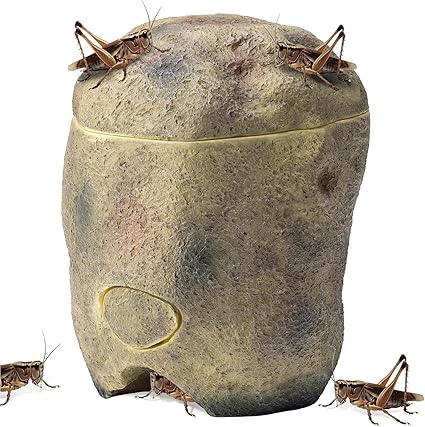
Mealworms:
Another staple that should be gut-loaded before being offered is mealworms, which are given in moderation as they are high in fat.
Dubia Roaches:
They are highly nutritious and low in fat, making them an excellent choice for regular feeding.
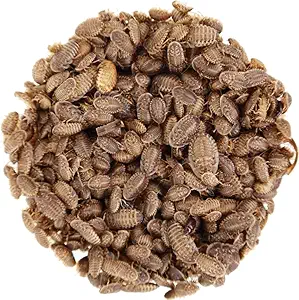
2. Supplemental Foods
Waxworms:
Due to their high-fat content, you should give them waxworms sparingly. They are used as treats or to help an underweight gecko gain weight.
Hornworms and Silkworms:
Occasionally offered as a treat or variety in their diet.
3. Foods to Avoid
Wild-caught insects can carry parasites or pesticides that may harm your gecko.
Fruits and Vegetables:
Leopard geckos are carnivores and cannot correctly digest plant material. Avoid feeding them fruits or vegetables.
Fireflies:
These are toxic to geckos and can be fatal if ingested.
Habitat and Enclosure Setup: Creating the Perfect Home
A proper habitat is essential for your leopard gecko’s well-being. Here’s what you’ll need:
1. Tank Size
A 20-gallon tank is ideal for one adult leopard gecko. If you have more than one, ensure the tank is large enough to accommodate them without overcrowding.
2. Substrate
Reptile Carpets or Paper Towels are safe and easy to clean. Avoid loose substrates like sand, as they can cause impaction if ingested.
3. Temperature and Lighting
Leopard geckos are ectothermic, relying on external heat to regulate their body temperature. Provide a temperature gradient in the tank, with a warm side (88-92°F) and a cool side (75-80°F).
Heating Pads:
Place them under the tank to create a warm basking spot.
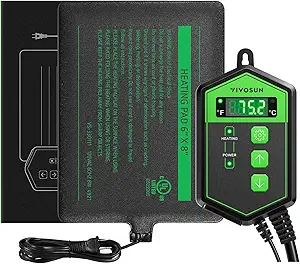
Lighting:
Leopard geckos do not require UVB lighting but benefit from a day/night cycle with a low-wattage light.
Health Concerns and Common Issues
Regular monitoring and maintenance of your leopard gecko’s health is crucial. Here are some common health issues and how to prevent them:
1. Impaction
It is caused by ingesting loose substrate or indigestible items. Prevent it by using safe substrates and offering appropriately sized food.
2. Metabolic Bone Disease (MBD)
It results from a lack of calcium or vitamin D3. To prevent MBD, dust insects with calcium powder and provide a balanced diet.
3. Parasites
Check regularly for signs of parasites, such as weight loss, lethargy, or abnormal stool. Consult a vet if any symptoms arise.
Final Thoughts: Essential Tips for Prospective Owners
Owning a leopard gecko can be a rewarding experience. You can ensure your gecko lives long and healthy by providing a proper diet, a safe and comfortable habitat, and regular health checks. Always research thoroughly and be prepared for the responsibility that comes with reptile ownership.
Conclusion
Leopard geckos are fascinating creatures that make great pets. Your gecko can thrive for many years with the right care, including a well-balanced diet, proper habitat setup, and attention to its health. If you’re considering adding a leopard gecko to your family, this guide should give you the confidence to provide the best care possible.


